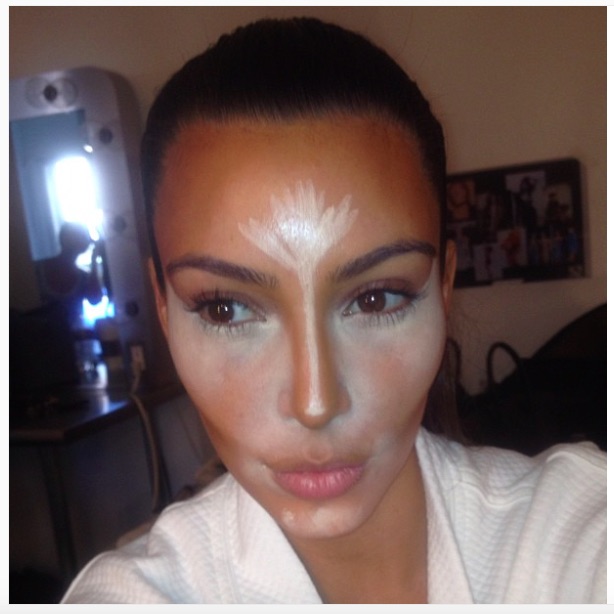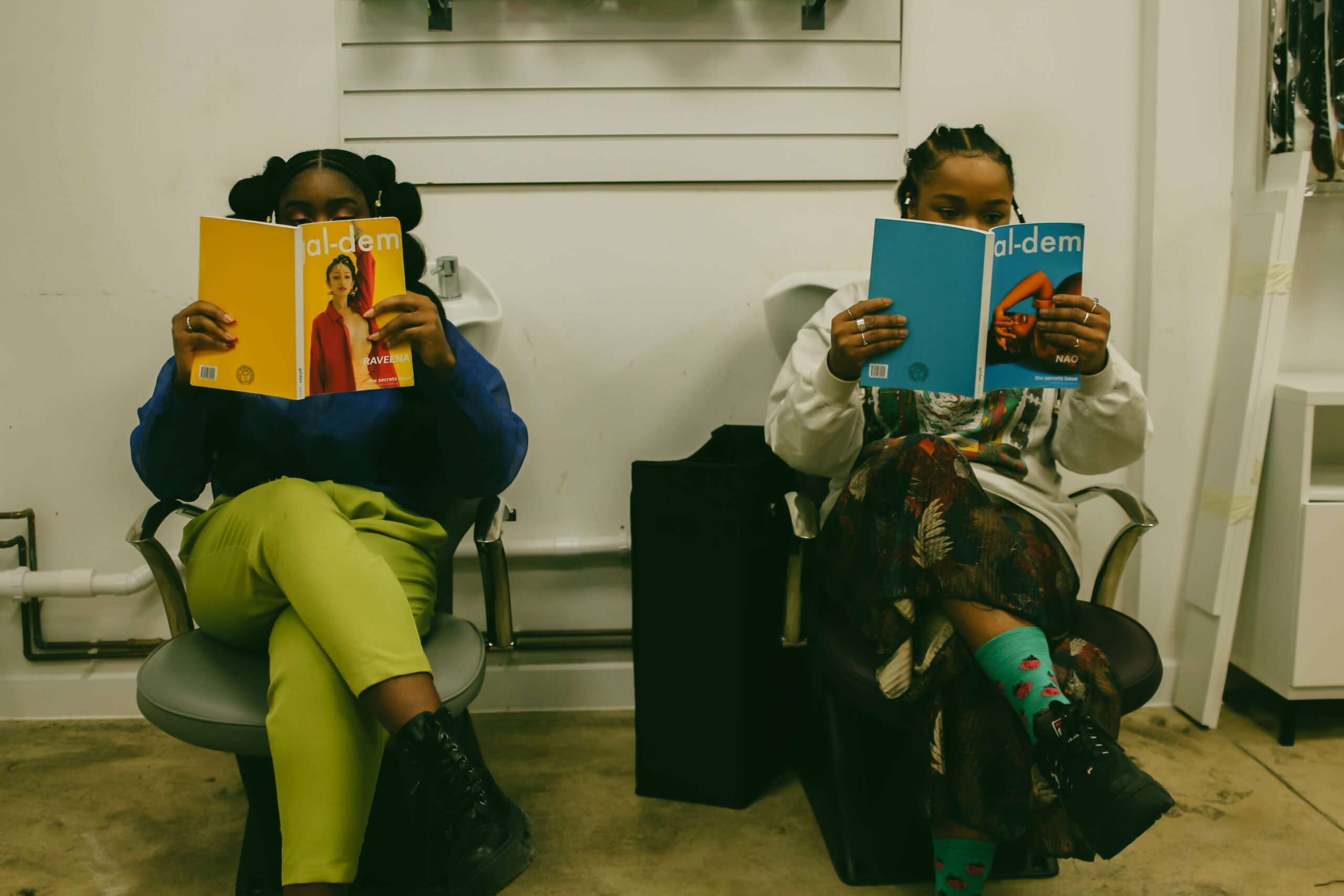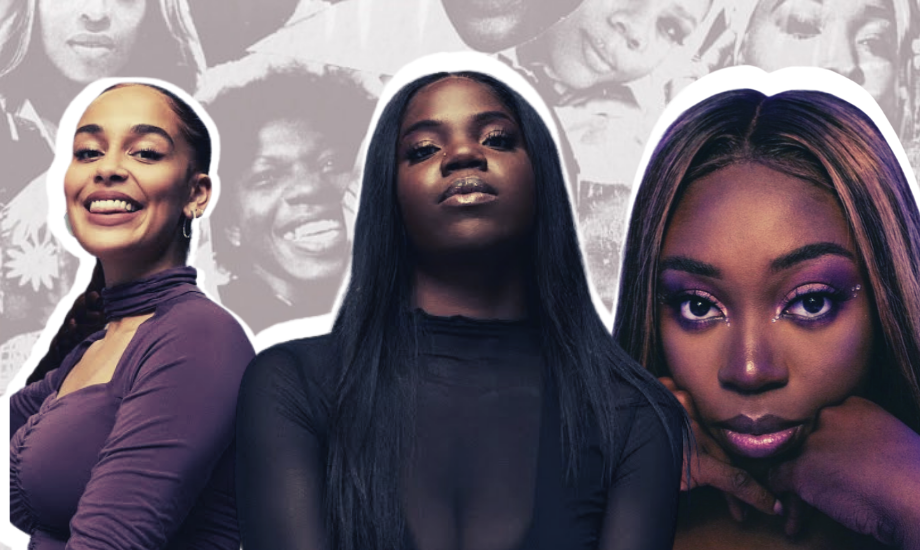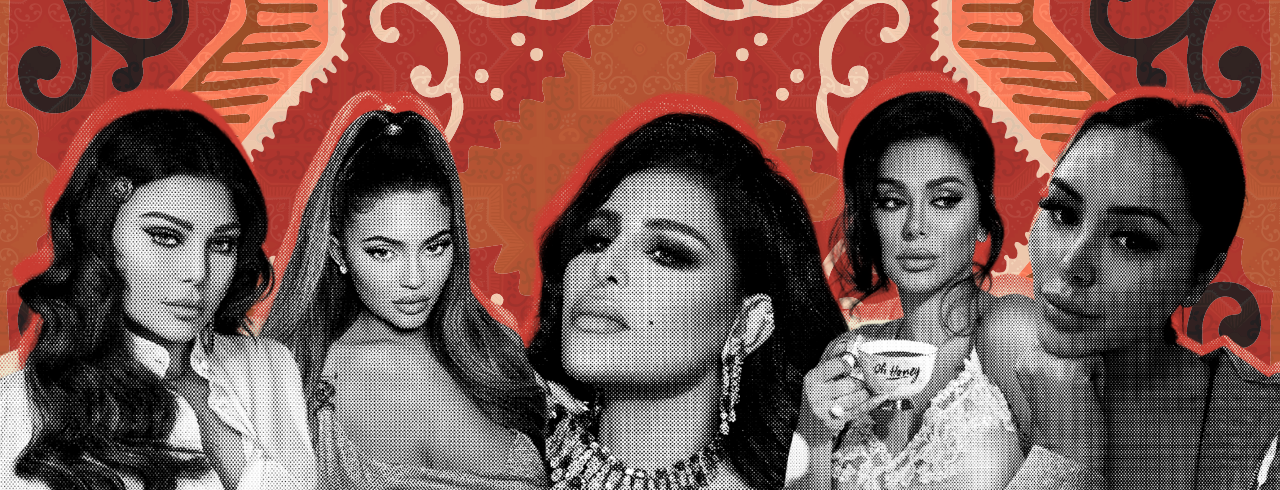
The make-up game as we know it changed dramatically around the time Kim Kardashian posted an image of her expertly contoured mug on Instagram in 2012.
For those who had not been exposed to the mastery of drag culture before – which pioneered the art of “beating” one’s face to perfection – it was a revelation. Just like supermodels and celebrities, we too could flaunt razor sharp jawlines and cheekbones without so much as lifting a blending sponge.
Almost as suddenly as highlighting, strobing and baking became common words in the vocabularies of make-up wearers worldwide, so, too, did using these elaborate techniques as a means of covering up something much bigger than the odd spot – people could now convincingly alter the colour of their skin.
Colourism – the notion that lighter skin tones dictate a higher social value – is not a new issue. An emblem of racism, it has informed the behaviours and appearances of various cultures for centuries.
But in an age in which make-up artistry has become fair game, it has given those who subscribe to it new means of passing the paper bag test.
Where contouring is concerned, the objective is (usually) to create an illusion of beautifully chiselled bone structure using a blend of light and dark shades.
But for people whose beauty lies in the broadness or bluntness of their features, streamlining noses and cheekbones to European standards, does seem a tad suspect.
Steve Garner and Somia R. Bibi, who conducted the first skin-lightening survey in the UK, found that alongside the use of skin-lightening creams, many women consciously lightened their skin using make-up as well.
In the summary of their findings, it is suggested that “the conceptualisation of what constitutes a ‘skin-lightener’ may need to be broadened to include products like foundation and BB creams (identified by respondents 22 times as a harmless, non-risk mechanism for lightening their complexion)”.
“Some of the brands identified were: MAC, Max Factor, L’Oréal, Maybelline and Armani. Furthermore, the desire and preference for ‘fair skin’ was one of the dominant reasons given by respondents for using skin-lighteners.”
When we apply this to the likes of pink-wig era Nicki Minaj, whose extreme contouring and questionable foundation led many to believe that she was both using skin-lightening products and had had a nose job, it’s easy to see how the reasoning behind excessive contouring and skin-bleaching can intersect.
“I have noticed other influencers use foundations that make them appear lighter”, says Laila-Jean Washington (otherwise known as Fusion of Cultures on YouTube).
“Is this always intentional? I don’t think so. I think the beauty industry is almost designed to foster and perpetuate colourism. After all these years women of colour still struggle to see representation in makeup shades globally, [which is] why I personally think it would be presumptuous of me to assume every woman in the wrong shade of foundation willingly chose to look that way.”
She has a point. Beyond the likes of higher-end make-up brands like Nars, MAC and Bobbi Brown, darker-skinned women in the UK still have limited access to affordable foundations and concealers, which can easily result in the use of products with ill-matched tones.
Looking back through old photo albums of family members and friends prior to the UK arrival of Fashion Fair (one of, if not the first widely-distributed make-up brands for black skin) I noticed that almost every woman was an off shade of grey.
“A lot of people used make-up for white people back then,” my mother later explained to me. “There was nothing else.”
Perhaps one feeds the other: the lack of brown cosmetics giving way to the subsequent use of products several times lighter than they should be.
Regardless, it is worth considering how dependent these ever-changing makeup techniques are on perfecting beauty standards that will never be naturally accessible to the vast majority of women of colour.
Get involved with gal-dem’s skin lightening series. Comment, tweet us at @galdemzine using the hashtag #skinlighteningseries, or email info@gal-dem.com if you would like to share your experience.









